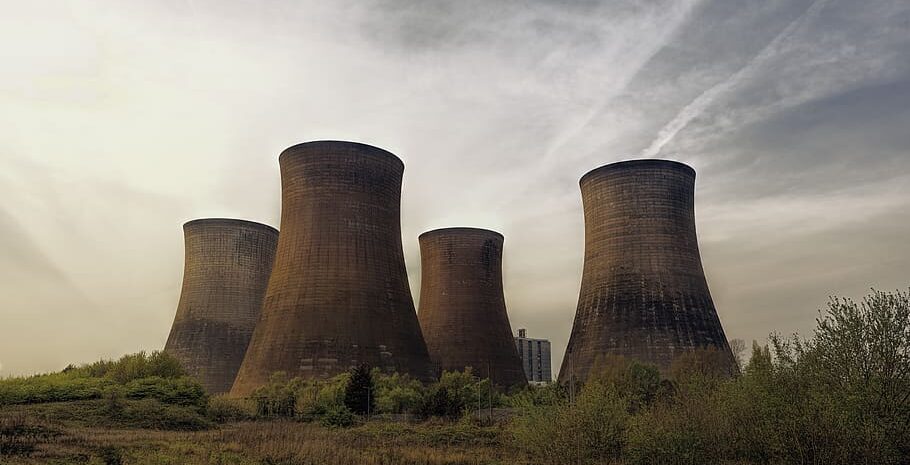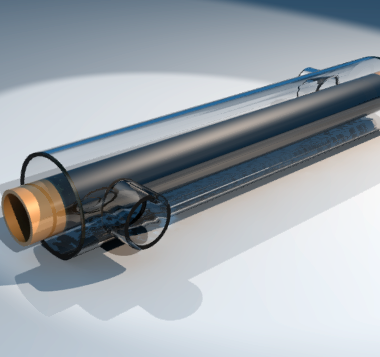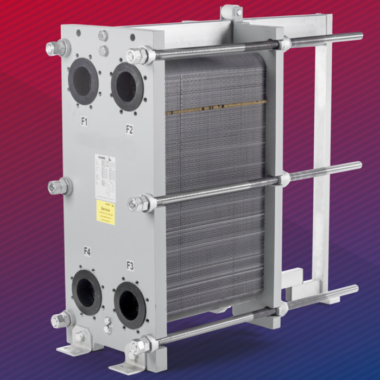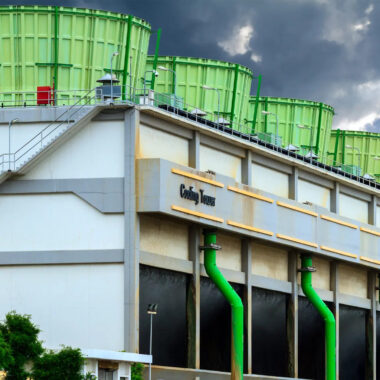Cooling Towers for Desert Environments
Introduction
Cooling Towers for Desert Environments are engineered to handle the demanding conditions of extreme heat, low humidity, and frequent dust storms typical in arid regions. In deserts, maintaining efficient cooling is essential for industries like power generation, manufacturing, and large-scale HVAC systems, where equipment operates under intense thermal stress. To meet these needs, cooling towers are designed with advanced materials like heat-resistant coatings, specialized water management systems to combat water scarcity, and dust protection technologies to prevent clogging and contamination. These innovations ensure continuous, efficient cooling even in environments where temperature fluctuations and sandstorms pose significant operational challenges.
- Material Selection: Heat-resistant and corrosion-resistant materials, such as stainless steel or fiberglass, are used to withstand harsh desert conditions.
- Optimized Water Management: Due to water scarcity, high-efficiency water usage systems like dry or hybrid cooling towers are preferred. These minimize water evaporation and maximize cooling.
- Dust and Sand Mitigation: Air filtration systems and drift eliminators are critical to prevent dust and sand from clogging the system, ensuring smooth operation.
- Enhanced Cooling Capacity: Larger tower designs with advanced fans and cooling mechanisms are implemented to maintain performance in high temperatures, helping prevent overheating.
- Maintenance: Frequent inspections and cleaning routines are necessary to counteract dust buildup and maintain efficiency in desert environments.
- Energy Efficiency: Cooling towers in deserts often require more energy to operate due to the high ambient temperatures. Utilizing energy-efficient fans, variable speed drives, and advanced control systems can optimize energy consumption and reduce operational costs.
- Use of Advanced Coatings: Specialized coatings, like UV-resistant and thermal coatings, protect tower surfaces from prolonged exposure to intense sunlight, reducing wear and prolonging the life of the equipment.
- Hybrid Cooling Systems: In extremely hot conditions, hybrid cooling towers (which combine dry and wet cooling techniques) are employed to reduce water consumption while maintaining cooling efficiency. This is especially critical in arid regions with water scarcity.
- Adapting to Low Humidity: In desert environments, low humidity can enhance the cooling capacity of evaporative cooling towers. However, it also increases the rate of water evaporation, so advanced water makeup and recovery systems are used to manage water loss.
- Heat-Resistant Lubricants: High temperatures affect mechanical components like fans and motors. Heat-resistant lubricants are essential for minimizing wear and maintaining efficiency in hot climates.
- Water Treatment and Quality Control: In deserts, the quality of makeup water (often brackish or saline) can lead to scaling, fouling, or corrosion. Effective water treatment systems (e.g., filtration, anti-scaling chemicals) are critical to prevent these issues and extend equipment life.
- Customized Tower Designs: Cooling towers in desert regions are often designed with customized airflow configurations, such as increased height or larger fan sizes, to handle the lower natural temperature differentials between air and water.
- Automation and Monitoring: Automated systems with real-time monitoring and control can detect temperature fluctuations, dust buildup, and water levels. This ensures prompt adjustments to maintain peak efficiency, even in fluctuating desert climates.
- Resilient Structural Design: Cooling towers in desert regions must be structurally reinforced to withstand strong winds and sandstorms, reducing the risk of operational failure or damage to the tower’s integrity.






